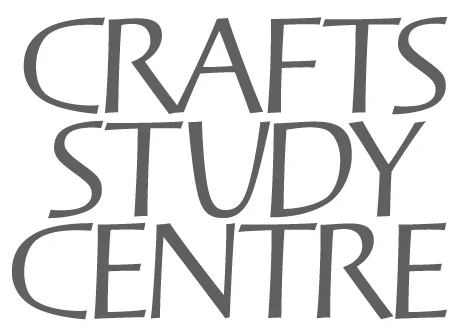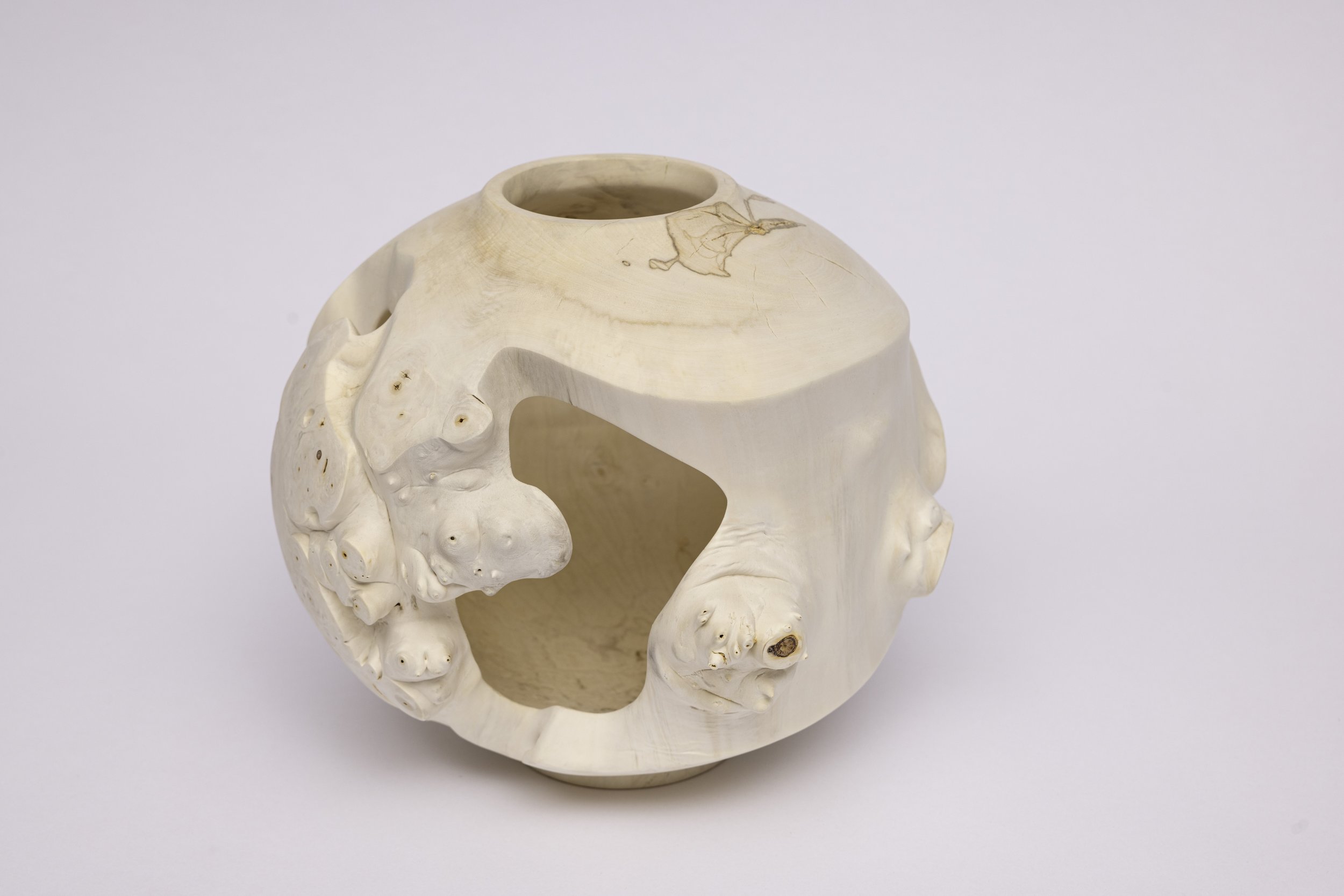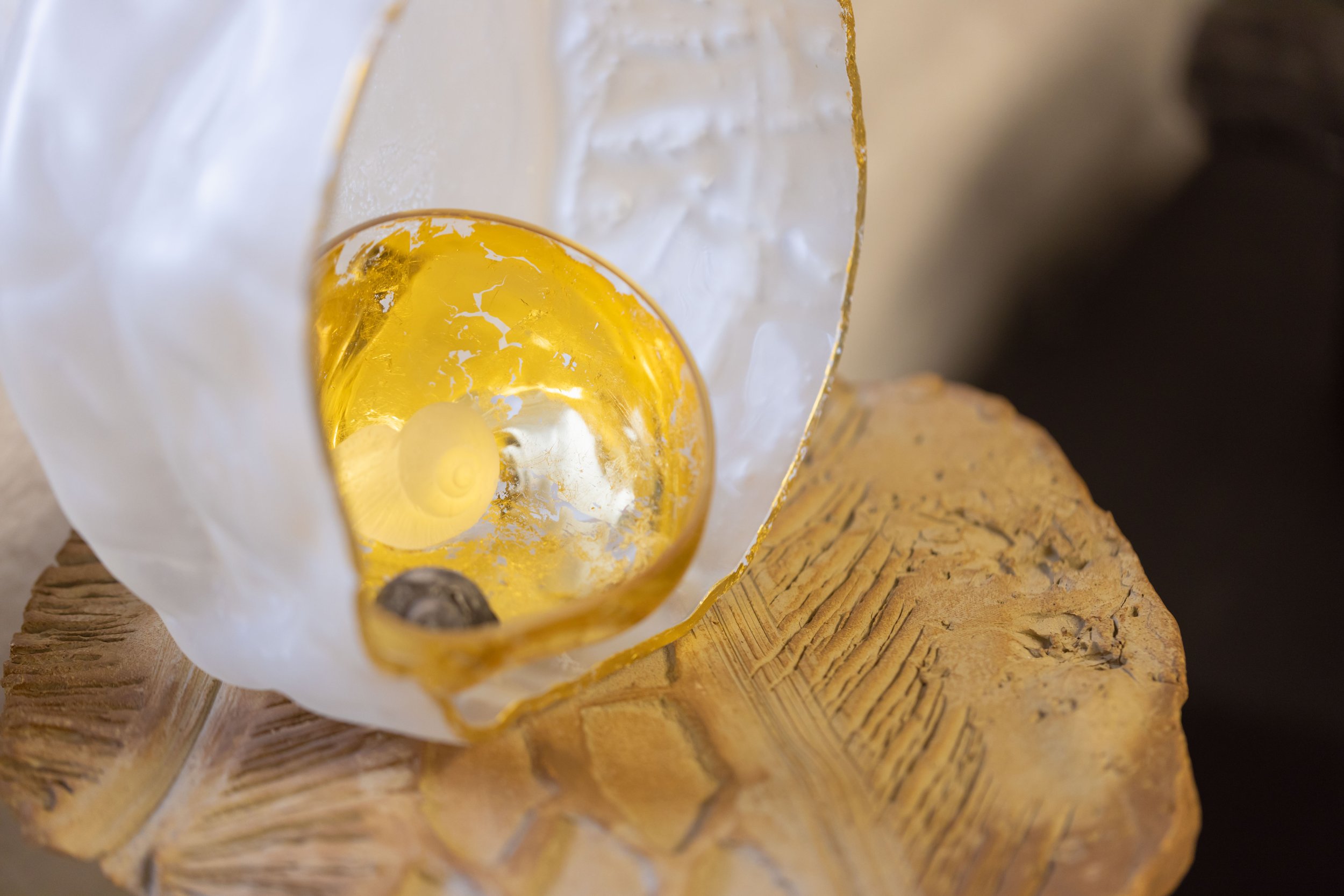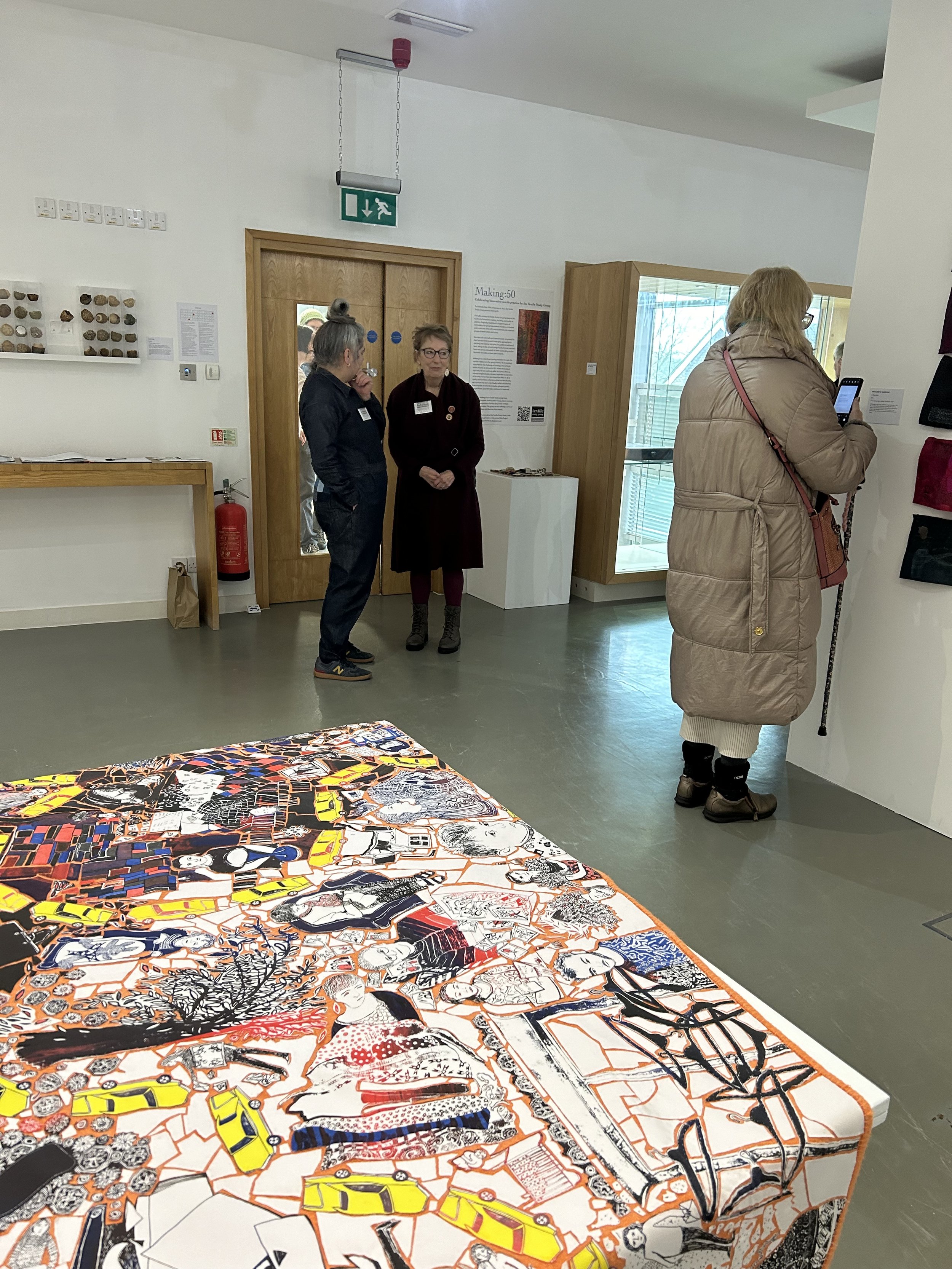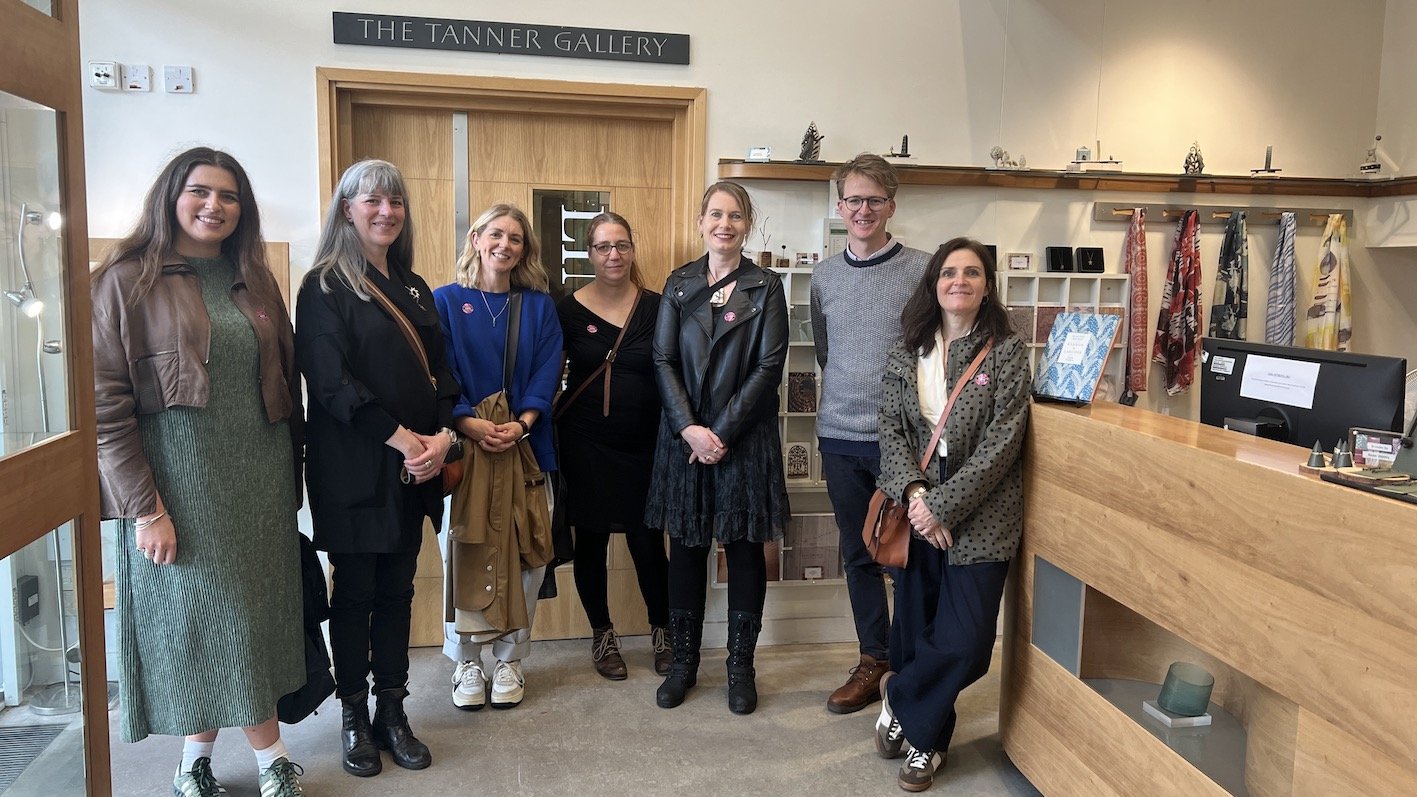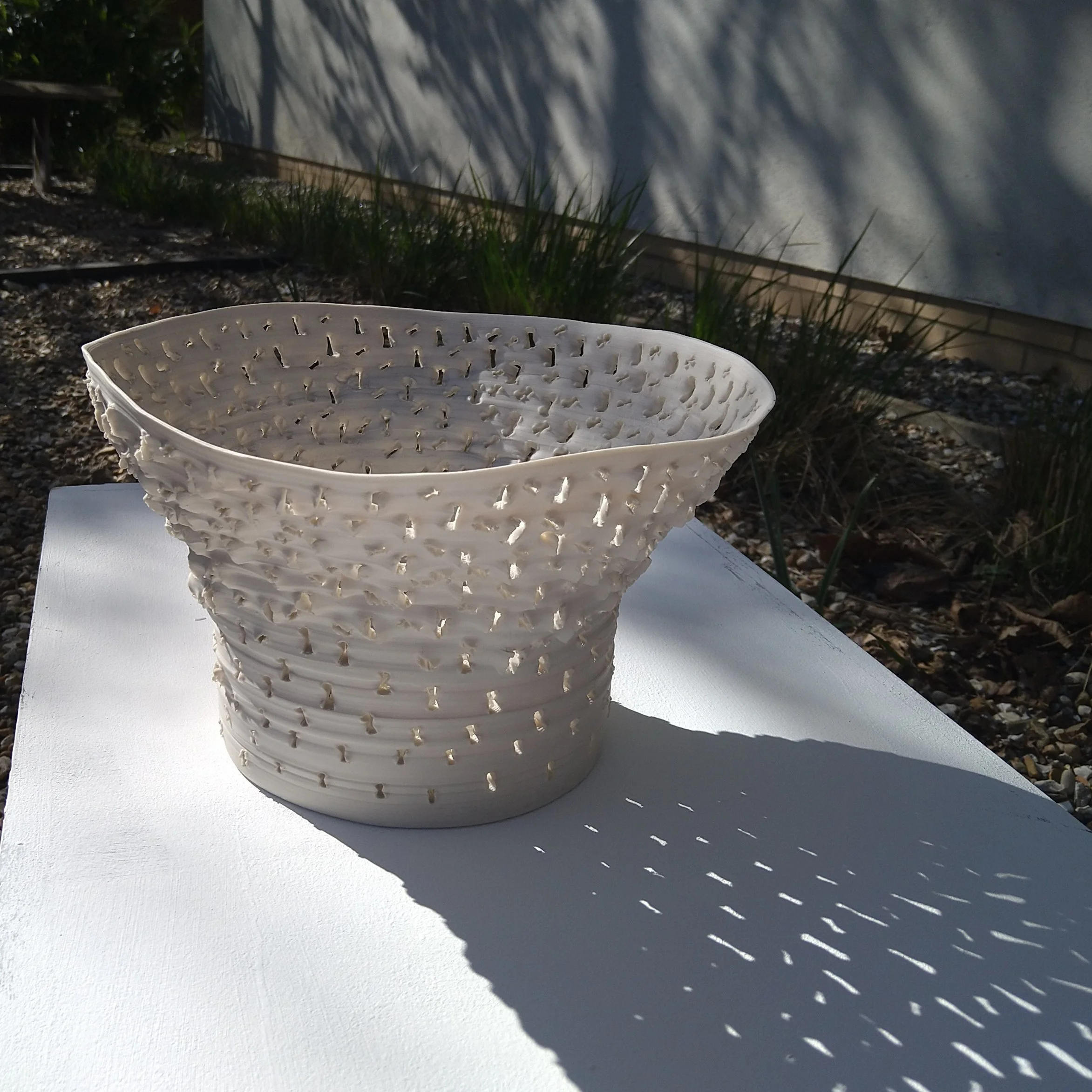MATTHEW BURT - ALTAR
/Professor Simon Olding
A couple of weeks ago I stopped off in Salisbury for breakfast in my favourite café on my way to a walk in Cranborne Chase. Time hung with some pleasing slowness, and I paused, in fact, to write a short foreword to an exhibition catalogue for the Salisbury Arts Centre. This had some resonance into my own past, as I was for many years, and greatly honoured so to be, Chair of the Board of the Salisbury Arts Centre, in St Edmund’s, a once-church-building.
Reflecting on this connection between a past and the future (although of course the exhibition and the Salisbury Festival have been cancelled now) impelled a visit to the adjacent St Thomas’s Church. I still have a yearning memory of the wonderful Icelandic pianist, Víkingur Ólafsson playing Bach’s Goldberg Variations there in a past Festival. With counterpoint in my mind, I entered the church not to hear but to see.
St Thomas’s is famous for its medieval Doom painting, which has recently been restored with great sensitivity. On the one side of the chancel arch, Angels greet the resurrected; there is a golden light. On the other, the light is cast by fiery pit flames and lost souls are pitch forked there.
The restoration of the Nave includes new pews by Luke Hughes which bring a lightness as well as serried order to the space. Set on a raised platform is an Altar. It is by the Wiltshire-based designer and maker, Matthew Burt. Matthew’s repertoire of furniture is more commonly located in homes and institutional buildings. You can sit on his museum benches at the Ashmolean Museum, Oxford, The Courtauld Institute Galleries in London and The National Museum of Wales (and, I am proud to say, the first such bench was commissioned by the Crafts Study Centre in 2004).
The Altar is a singular work. From a tapered, narrow base, it rises with an electric energy, the slender-striated English tigered-oak sections held in a tight angular sequence. The Altar, still for its function and rites, might be about to hurl otherwise to the bossy roof. I see this not perhaps just as wood-form, but as a radiance. The chequerboard table-top suggests a symbolic still and levelness, a holding of this wood-rising in a kind of pause. Perhaps this is a play on opposites, like the terrible opposites of the painting the Altar has framed.
Matthew’s Altar, like all of his furniture, is supremely fit for purpose. The purpose here has challenged him to make something more than elegant; more than functional; lyric rather than prose; a counterpoint in a place of hymn.
More about Matthew Burt can be found at matthewburt.com and you can see more photographs and words about the Altar on his instagram.
